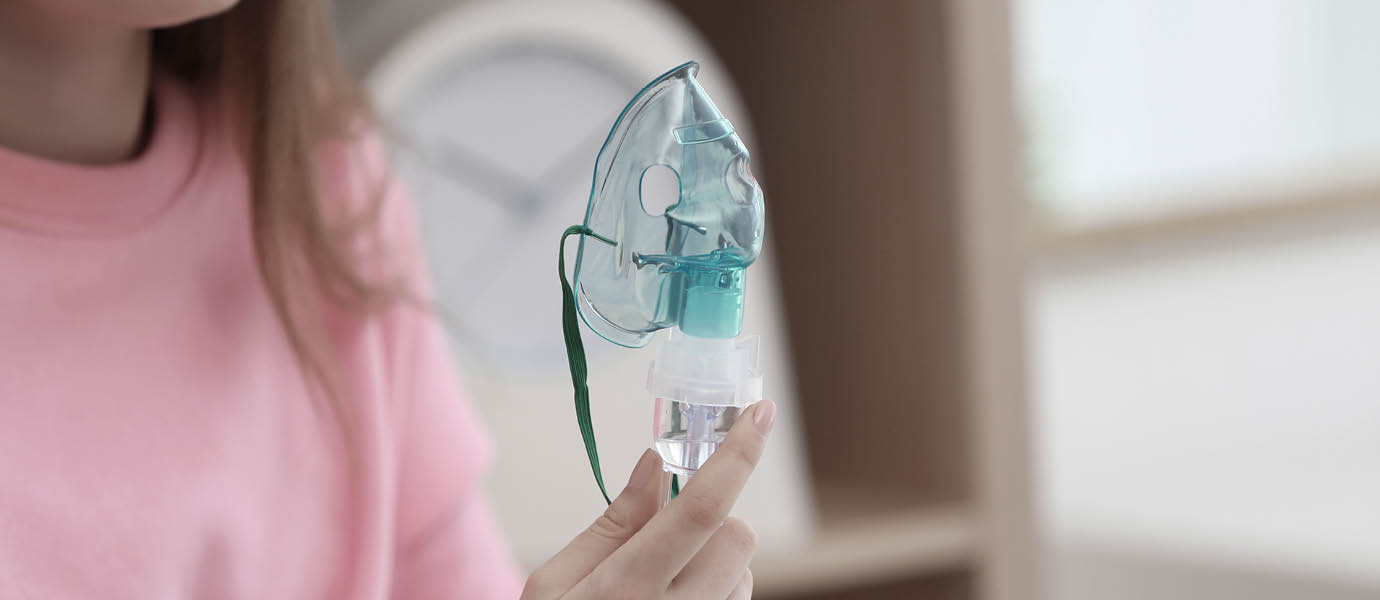Deeper Than the Headlines: New OIG Work Plan Items (May 2018)

compliance, OIG, medicare, CMS, deeper than the headlines, oig work plan, Medicare Part B, OIG Work Plan 2018, Vanguard Health Systems
The OIG recently posted new work plan items in their May 2018 update online. There are two items in particular that I think all of you need to know more about. They include (1) outpatient cardiac and pulmonary rehabilitation and (2) noninvasive home ventilators (NHVs) and respiratory assist devices (RADs).
Outpatient Cardiac and Pulmonary Rehabilitation
Medicare Part B covers outpatient cardiac and pulmonary rehabilitation services. For these services to be covered, however, they must be medically necessary and comply with certain documentation requirements. Previously, the OIG identified outpatient cardiac and pulmonary rehabilitation service claims that did not comply with Federal requirements. OIG plans to assess whether Medicare payments for outpatient cardiac and pulmonary rehabilitation services were allowable in accordance with Medicare requirements. They will also determine whether potential risks in outpatient cardiac and pulmonary rehabilitation programs continue to exist.
Having the proper medical supervision take place (as well as having it documented) is a key risk area for cardiac rehabilitation. In summer of 2015 for example, Vanguard Health Systems agreed to pay $2.9 million to settle false claims act allegations which included a failure to properly supervise cardiac rehabilitation therapy at the Vanguard-owned Arizona Heart Institute.
Specifically, the lawsuit alleged that AHI billed for cardiac rehabilitation therapy provided by a physician who was not properly supervising the therapists providing the services.
The lawsuit was filed by a whistleblower under the false claims act. The whistleblower in this case received over $500,000 as her share of the recovery. The case is docketed as United States ex rel. Lee v. Vanguard Health Services, Inc., et al., No. 3:13-cv-0171 (M.D. Tenn.).
For Medicare, outpatient cardiac and pulmonary services must have a physician immediately available and accessible for medical consultations and emergencies at all times when items and services are being furnished under the program. This provision is satisfied if the physician meets the requirements for direct supervision for physician office services. Direct supervision in the office setting means the physician must be present in the office suite and immediately available to furnish assistance and direction throughout the performance of the procedure. It does not mean that the physician must be present in the room when the procedure is performed.
Noninvasive Home Ventilators (NHVs) and Respiratory Assist Devices (RADs)
For items such as noninvasive home ventilators (NHVs) and respiratory assist devices (RADs) to be covered by Medicare, they must be reasonable and necessary for the diagnosis or treatment of illness or injury or to improve the functioning of a malformed body member. Depending on the severity of the beneficiary's condition, an NHV or RAD may be reasonable and necessary. NHVs can operate in several modes, i.e., traditional ventilator mode, RAD mode, and basic continuous positive airway pressure (CPAP) mode. The higher cost of the NHVs' combination of noninvasive interface and multimodal capability creates a greater risk that a beneficiary will be provided an NHV when a less expensive device such as a RAD or CPAP device is warranted for the patient's medical condition. Prior OIG work identified significant growth in Medicare billing for NHVs in the years since they reached the market. OIG will determine whether claims for NHVs were medically necessary for the treatment of beneficiaries' diagnosed illnesses and whether the claims complied with Medicare payment and documentation requirements.
In 2016, OIG published a data brief on some of their concerns surrounding these services (https://oig.hhs.gov/oei/reports/oei-12-15-00370.pdf) OIG reported that Medicare paid 85 times more claims for noninvasive pressure support ventilators in 2015 than it did in 2009, leading to a rapid increase in expenditures. They found that Medicare paid $25 million for E0464 ventilator claims with indicators of inappropriate billing, such as billing for multiple devices, billing for separate accessories, or billing to treat obstructive sleep apnea.
OIG also observed that most of the increased spending in this area was due to three providers primarily. They stated, the increased billing from these three suppliers accounted for 54 percent of the nationwide growth in beneficiaries with E0464 claims from 2012 to 2015. These 3 suppliers went from serving a combined total of 196 beneficiaries in 2012 (i.e., 5 percent of beneficiaries with E0464 claims) to serving 16,073 beneficiaries in 2015 (i.e., 48 percent of beneficiaries with E0464 claims). This growth far exceeded the growth in the average number of E0464 beneficiaries among other suppliers, which rose from 13 beneficiaries per supplier to 28 during the same period.
The report also said that the OIG is further reviewing information on the 3 suppliers that accounted for 54 percent of the nationwide growth to determine whether to initiate audits or investigations and/or to refer them to CMS for follow-up, as appropriate.
Even if you aren’t one of these three suppliers, it would be wise to assess your use of code E0464, if you provide these type of services. In addition to these two newly added OIG Work Plan items in May 2018, there were five more items added. See the full May update here.

Questions or Comments?